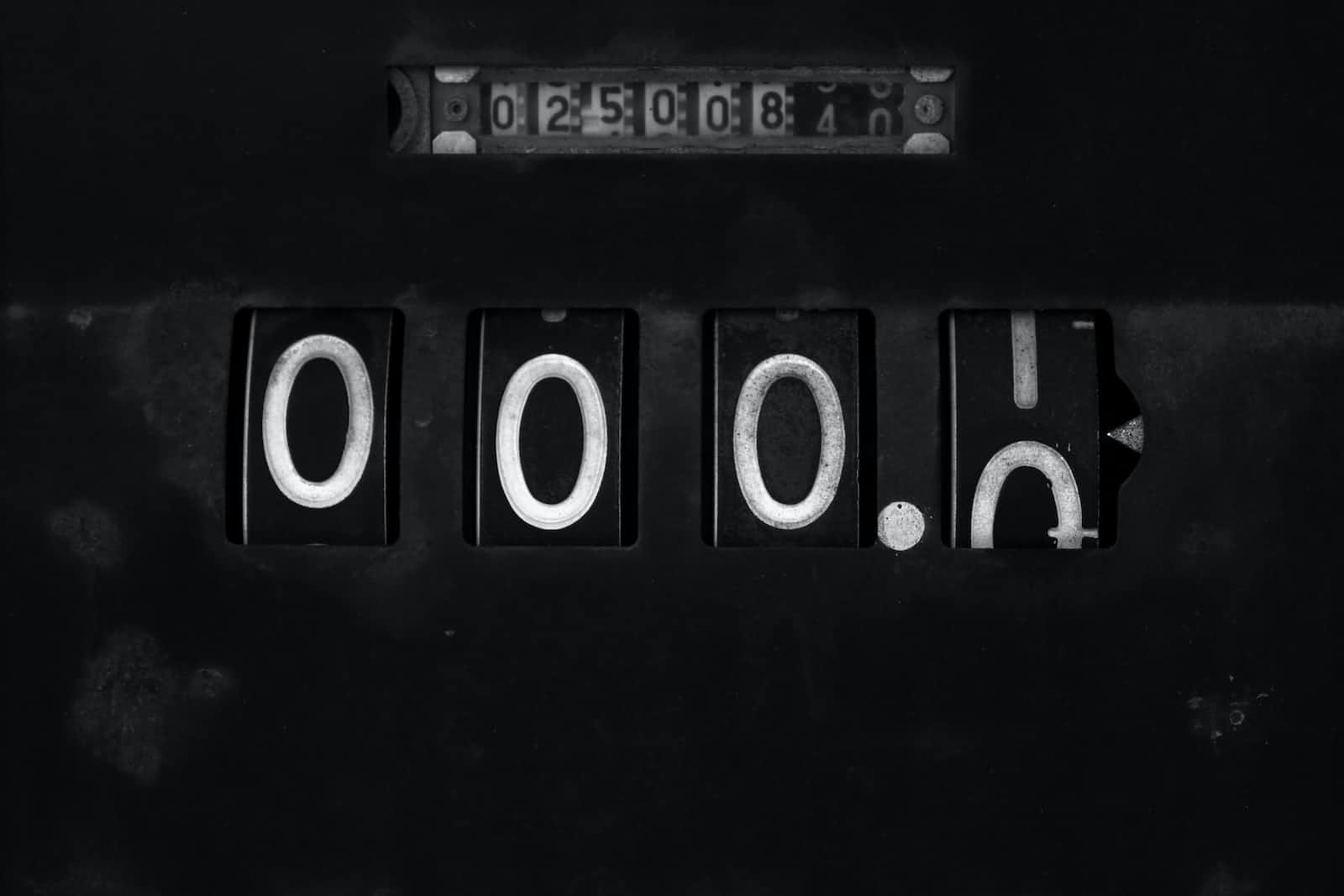Understanding the Difference Between Null and Undefined in JavaScript
 Ojas Elawadhi
Ojas Elawadhi
In the realm of JavaScript, the concepts of null and undefined often lead to confusion. While they might seem similar at first glance, they serve distinct purposes in the language. Let's dive into the details of null and undefined, and understand how they are different through real-world examples.
1. Undefined: The Absence of Value
In JavaScript, undefined represents the absence of a value. When a variable is declared but not assigned any value, it is automatically assigned the value undefined. This typically happens when a variable is declared but not initialized.
let myVar;
console.log(myVar); // Outputs: undefined
In this example, myVar is declared but not assigned a value, resulting in its default assignment of undefined.
2. Null: Explicitly Set to No Value
On the other hand, null is a value that represents the intentional absence of any object value. It is often used to explicitly indicate that a variable or object has no assigned value or is meant to be empty.
let myNullVar = null;
console.log(myNullVar); // Outputs: null
Here, myNullVar is explicitly set to null to indicate the absence of any meaningful value.
3. Default Values in Functions
Understanding the difference becomes crucial when dealing with function parameters. If a function parameter is not provided with a value during a function call, it defaults to undefined.
function greet(name) {
console.log(`Hello, ${name}!`);
}
greet(); // Outputs: Hello, undefined!
In this scenario, the name parameter is not provided, resulting in it being implicitly set to undefined.
4. Checking for Existence
When verifying the existence or presence of a variable, developers often use strict equality (===) to differentiate between null and undefined.
let checkVar = null;
console.log(checkVar === null); // Outputs: true
console.log(checkVar === undefined); // Outputs: false
Here, the strict equality check helps distinguish between a variable explicitly set to null and one that is undefined.
5. Default Function Parameters
In modern JavaScript, default function parameters can be used to assign a default value, preventing them from being undefined.
function greet(name = 'Guest') {
console.log(`Hello, ${name}!`);
}
greet(); // Outputs: Hello, Guest!
greet('John'); // Outputs: Hello, John!
By setting a default value for the name parameter, we ensure that it won't be undefined if not provided during the function call.
Conclusion:
In essence, undefined is the default value when a variable is declared but not assigned, while null is a deliberate assignment to represent the absence of a meaningful value. Understanding these differences is crucial for writing clean, error-free JavaScript code. So, the next time you encounter these values in your JavaScript journey, remember their distinctions and wield them purposefully. Happy coding! 🚀💻
Subscribe to my newsletter
Read articles from Ojas Elawadhi directly inside your inbox. Subscribe to the newsletter, and don't miss out.
Written by
